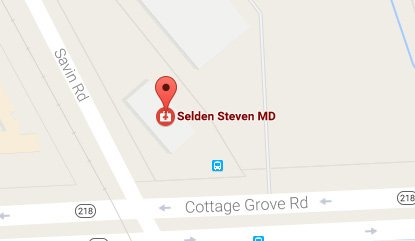Arthroscopy of the Knee Joint
Knee Arthroscopy is a common surgical procedure performed using an arthroscope, a viewing instrument, to examine the knee joint and to diagnose or treat a knee problem. It is a very safe procedure and the patients are discharged home from the hospital on the same day of surgery.
Knee Anatomy
The knee joint is one of the most complex joints of the body. The lower end of the thighbone (femur) meets the upper end of the shinbone (tibia) at the knee joint. A small bone called the patella (kneecap) rests on a groove on the front side of the femoral end. A bone of the lower leg (fibula) forms a joint with the tibia.
To allow smooth and painless motion of the knee joint, articular surfaces of these bones are covered with a shiny white slippery articular cartilage. Two crescent shaped cartilaginous structures (menisci) are present between the femur and the tibia.
Menisci act as shock absorbers providing cushion to the joints. Menisci also play an important role in providing stability and load bearing to the knee joint.
Bands of tissue, including the cruciate and collateral ligaments, keep the various bones of the knee joint together and provide stabilization to the joint. Surrounding muscles are connected to the knee by tendons. The bones work together with the muscles and tendons to provide mobility to the knee joint. The entire knee joint is covered by a ligamentous capsule, which further stabilizes the joint. This ligamentous capsule is also lined with a synovial membrane that secretes synovial fluid for lubrication.
Indications for Knee Arthroscopy
The knee joint is vulnerable to a variety of injuries. The most common knee problems where knee arthroscopy may be recommended for diagnosis and treatment are:
- Meniscal tears
- Anterior cruciate ligament tears
- Torn or loose pieces of articular cartilage (loose bodies)
- Arthritis and inflamed synovial tissue
- Patella instability
- Many other knee conditions
Procedure
Knee arthroscopy is performed under local, spinal, or general anesthesia. Your anesthesiologist will decide the best method for you depending on your age and health condition.
- The surgeon makes two or three small incisions around the knee.
- Next, a sterile saline solution is injected into the knee joint. This provides a clear view and more room for the surgeon to work.
- An arthroscope, a narrow tube with a tiny video camera on the end, is inserted through one of the incisions to view the knee joint. The structures inside the knee are visible to the surgeon on a video monitor in the operating room.
- The surgeon first examines the structures inside the knee joint to assess the cause of the problem
- Once a diagnosis is made, surgical instruments such as motorized shavers and various hand instruments are inserted to address and correct and problems.
The repair procedure may include any of the following:
- Removal or repair of a torn meniscus
- Reconstruction or repair of a torn cruciate ligament
- Removal of small torn pieces of articular cartilage
- Removal of loose fragments of bone
- Removal of inflamed synovial tissue
- Realignment of the patella
- Making small holes or microfractures near the damaged cartilage to stimulate cartilage growth
After the Surgery
Most patients are discharged home shortly after the procedure. Recovery after the surgery depends on the type of repair procedure performed. Recovery from simple procedures is often fast. However, recovery from complicated procedures takes a little longer. Recovery from knee arthroscopy is much faster than that from an open knee surgery.
Crutches or a knee brace are usually not needed for routine arthroscopy but may be advised for ligament reconstruction. A rehabilitation program may also be advised for a successful recovery. Therapeutic exercises aim to restore motion and strengthen the muscles of the leg and knee.
Risks & Complications
Knee arthroscopy is a safe procedure and complications are very rare. Unlikely but possible complications include bleeding into the knee joint, infection, knee stiffness, blood clots or continuing knee problems.





